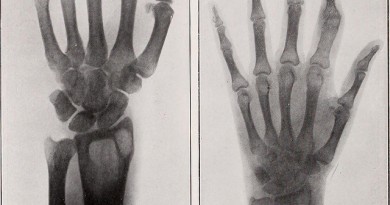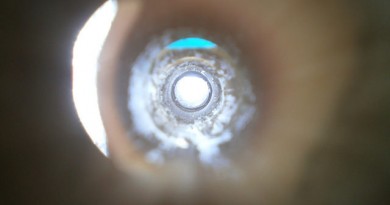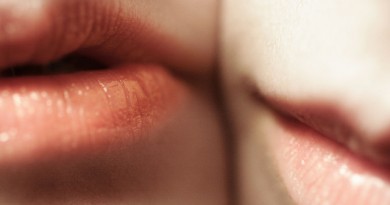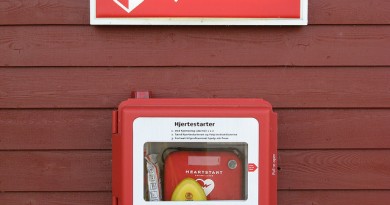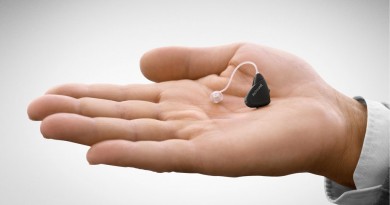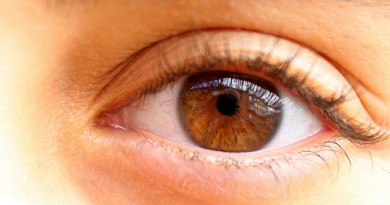How Much Does A Dental Cleaning Cost?
We have all been told the same thing by out dentists. We are to brush our teeth and floss at least twice a day. They have even given us free toothbrushes and free floss. They have provided us with brochures on how to properly brush and floss our teeth. We have watched videos in the waiting rooms. And our dentists have demonstrated the proper technique to us. Yet, try as we might, we just can’t get it all.
That is why dentistry professionals recommend that we all have our teeth professionally cleaned once or twice a year. For people who smoke or who have a history of periodontal disease, professional cleanings help to fight gum disease, which is the leading cause of tooth loss among adults over 40 years of age. When necessary, a deep cleaning might be recommended.
Average Cost Of Dental Cleaning
There are two types of dental cleaning, standard cleaning and deep cleaning. The cost of dental cleaning will be different depending on what type is needed. If the patient has been routinely getting their teeth cleaned twice a year, then a deep cleaning should not be needed. The average price for dental cleaning ranges from $50 to $135. The dental cleaning cost depends on factors such as the location of the office and the reputation of the dentist. Dental insurance will cover part if not all of the cost of a dental cleaning. Prior to a cleaning the dentist will conduct an exam to determine the overall health of the teeth and gums. A standard cleaning takes from 30 to 60 minutes. During this time, a dental hygienist will remove plaque and tartar buildups from above and below the gum line on all of the patient’s teeth. After the build-up is removed, the hygienist will then floss the teeth, polish them, and apply fluoride.
Cost Of Dental Cleaning Without Insurance
The average cost of dental cleaning at $50 to $135 is the price a dental office will usually charge. That is not necessarily what the patient will pay out of pocket. Dental insurance will help pay for one or two cleanings a year depending on the terms of the policy. Insurance will cover most or all of the cost of a specified number of cleanings a year. Without insurance, the patient is responsible for the entire bill. Also, patients who have not had a cleaning in a while might need what is called a full mouth debridement. This cleans away buildup to allow the dentist to evaluate the health of the teeth and gums. The cost of a debridement is generally not covered by dental insurance. A full mouth debridement will cost $175 without insurance, and can be as high as $265 for an hour if performed by a periodontist rather than a general dentist. Insurance does not pay for debridement because they would not be necessary had the patient kept up with the standard cleanings that they had agreed to help pay for. For people without dental insurance dental cleaning cost can be eliminated altogether as dental hygienist schools often offer free cleanings to help them teach their students.
Ultrasonic Dental Cleaning
Ultrasonic dental cleaning is a form of deep cleaning. It is an easier way for the dentist to perform deep cleaning as it allows for the removal of plaque and tartar without metal scraping and in less time. It can also remove tooth staining. The ultrasonic cleaner uses sound waves to break away the tartar and plaque build-up. Water flows through the tip of the device to wash away debris and keep the instrument cool. Optimally, ultrasonic cleaning is used in conjunction with scaling. The sound waves are used to break away the large deposits on the teeth. This leaves the dentist the opportunity to be able to use a scraper to detail clean the little bits that are left behind. The cost of ultrasonic cleaning is included in the cost of deep cleaning. Because of the time it can save, ultrasonic cleaning can cut the number of office visits in half.
Laser Dental Cleaning
Laser cleaning is another new technique dentists can use to accomplish a thorough deep cleaning faster. In fact, dentists are finding multiple uses for lasers in their practice. Dental offices that use lasers tend to be priced higher than offices that do not – that is to cover the cost of purchasing the equipment which can run from $8,000 to $50,000.
Dental Cleaning Procedure
Dentists and hygienists use a couple of dental cleaning tools during a cleaning. The most expensive of these tools is the laser. There are several different kinds of lasers, including diode lasers, carbon dioxide lasers, and yttrium aluminum garnet lasers. Next would be the ultrasonic scaler. Markers and probes are used to measure bone loss below the gum line. The dentist might also take x-rays as part of the initial examination. A local anesthetic might be used for the cleaning. The hygienist will then remove the buildup on the teeth from above and below the gum line and rinse away any debris with water. After the cleaning, the teeth will be polished and sealed before the application of fluoride. The entire process will take about 45 minutes to one hour.
Dental Deep Cleaning Cost
Deep cleaning should not be necessary unless the dentist finds evidence of early stages of gum disease during the initial pre-cleaning examination. Deep cleaning includes scaling and root planning. Scaling is the removal of plaque and tartar build up above and below the gum line. A local anesthetic will be used, as this procedure can be a bit painful. Root planning smooths any rough spots on the root of the tooth below the gum line. This will allow the gum to reattach to the root, preventing the growth of bacteria between the root and the gum. Deep cleaning is only done to one fourth of the mouth (called a quadrant) at a time. Depending on the severity of the problems necessitating the deep cleaning, dental deep cleaning cost ranges from $100 to $400 per quadrant. This means that an entire mouth deep cleaning will cost from $400 to $1600 over the span of 2 to 4 office visits of about 45 minutes in length each.
- 748SHARES

